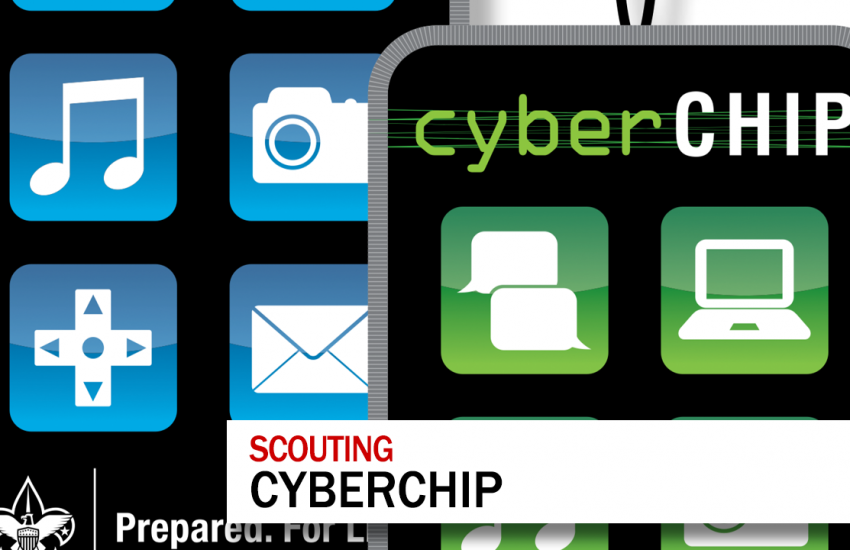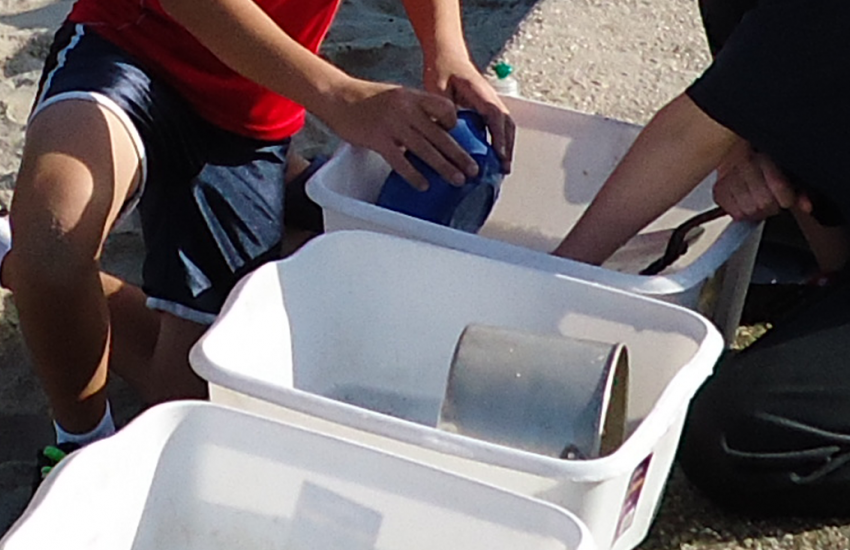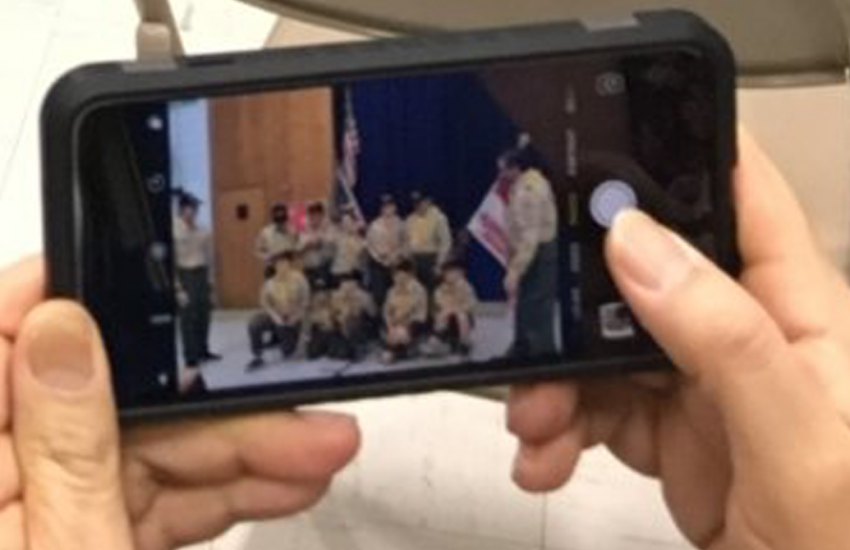An explanation of the CyberChip program for the Boy Scouts of America through Netsmartz, highlighting how it works for both the cub scout program and the ScoutsBSA (Boy Scouts) program.
Show Notes:
Transcript:
The cyberchip program is a tool used by the BSA to address youth spending more time than ever using digital media. It is designed for the scout, parents and unit to take an active role in managing the potential dangers online in a simple format.
The program is in conjunction with NetSmartz, with is part of the National Center for Missing and Exploited Children.
The cyberchip requirements program is broken into four groupings by age. Grades 1-3, 4-5, 6-8 and 9-12.
There is a card and patch that accompany the program, and it is required to be recharged annually, requiring the scout to view two new resources every year to be active.
The cub version of the program requires the scout to Read, commit to, and sign the Level I Internet Safety Pledge., watch a couple of specific videos and then discuss what they have learned.
As the scouts get older, the requirements get more complex.
For grades 9-12 there are six different steps to complete the cyber chip.
Starting with the Read, commit to, and sign the Level 2 Internet Safety Pledge, scouts then must write a personalized parent contract outlining rules for using the computer and mobile devices. This is combined with part 3, which is a parent discussion.
Part four, is to view a set of videos. The videos on NetSmartz run from the goofy cartoon type to more mature videos scenarios. These are all grouped together, so I would suggest speaking to your scout’s parents ahead of time and choosing the tamer videos for the younger ScoutsBSA scouts. The cub scout versions specifically name videos to watch, so this is not an issue.
The hardest part of completing the cyber chip may be the logistical problems created with requirement 4, to use the EDGE method to teach Internet safety rules, behavior, and “netiquette”, in which each member of the patrol must have a role and present part of the lesson.
The final step is the unit discussion about what is acceptable within the troop.
For this it’s a good idea to know and agree what the troop rules are beforehand. With my troop we currently do not allow phones at meetings or on trips when scouts are under first class, but we are actively discussing how to address other issues that arise from scouts over first class having phones. So know before you have your discussions.
If you haven’t done the cyber chip thing before, consider adding it as a troop activity. It has the benefit of crafting what videos get shown, and give specific time to crafting the parent contract. It also allows you to speak to the whole troop about the expectations of internet usage, and even have a group discussion about it.
Take what you like and leave the rest, and as we say in Woodbadge, feedback is a gift, leave yours below in the comments, with the hope we can all learn together.
I’m Scoutmaster Dave, and this was a little on the cyberchip program.




